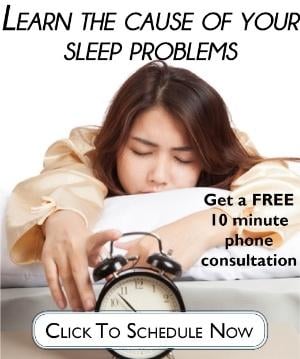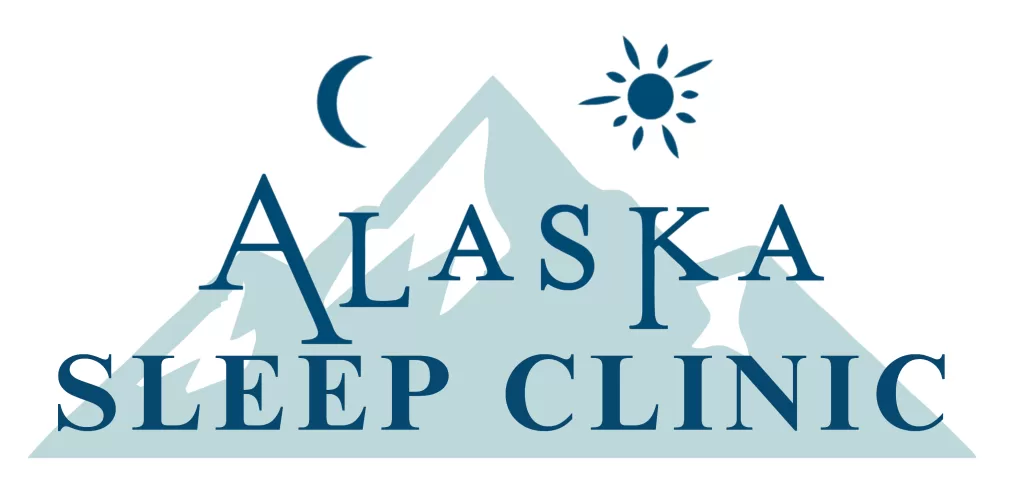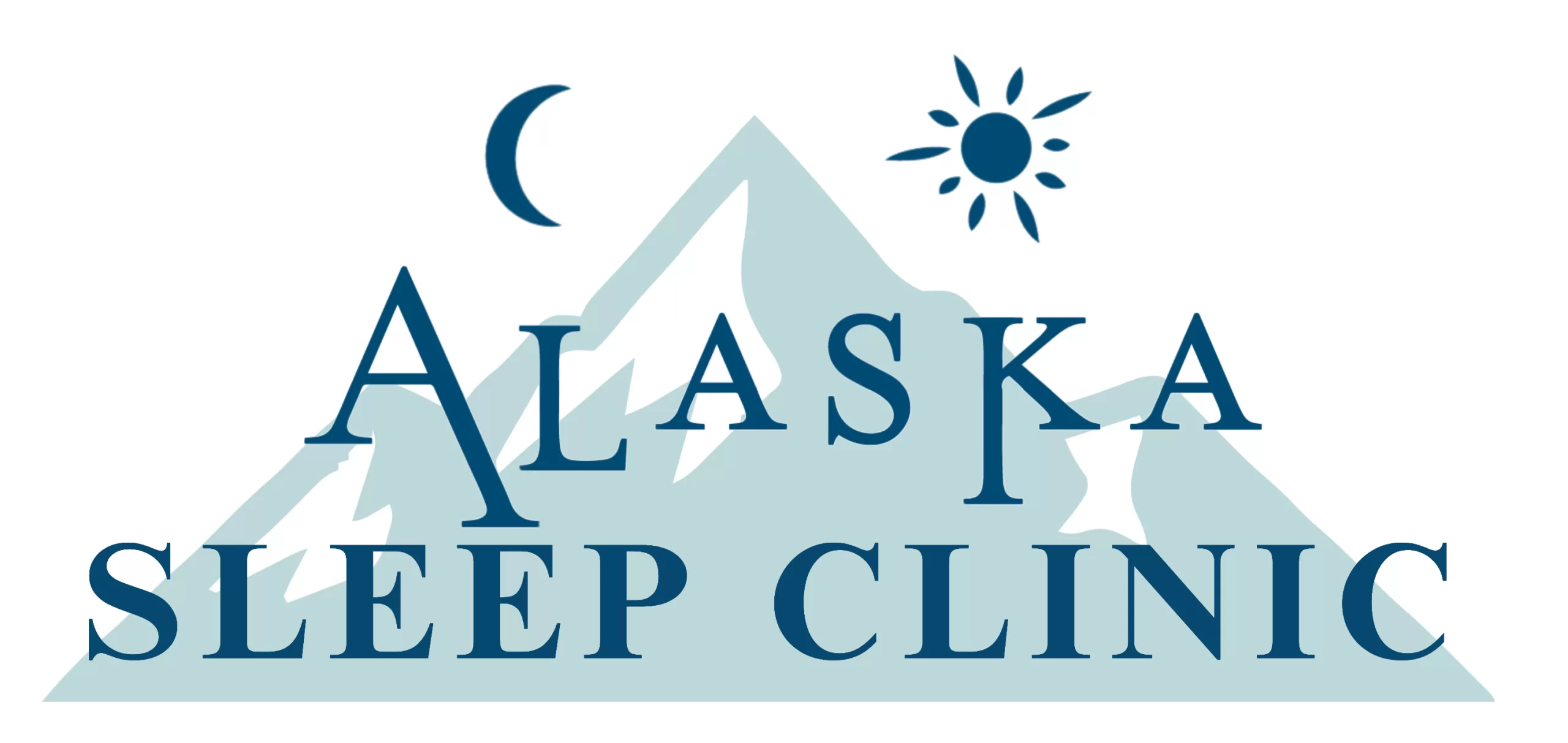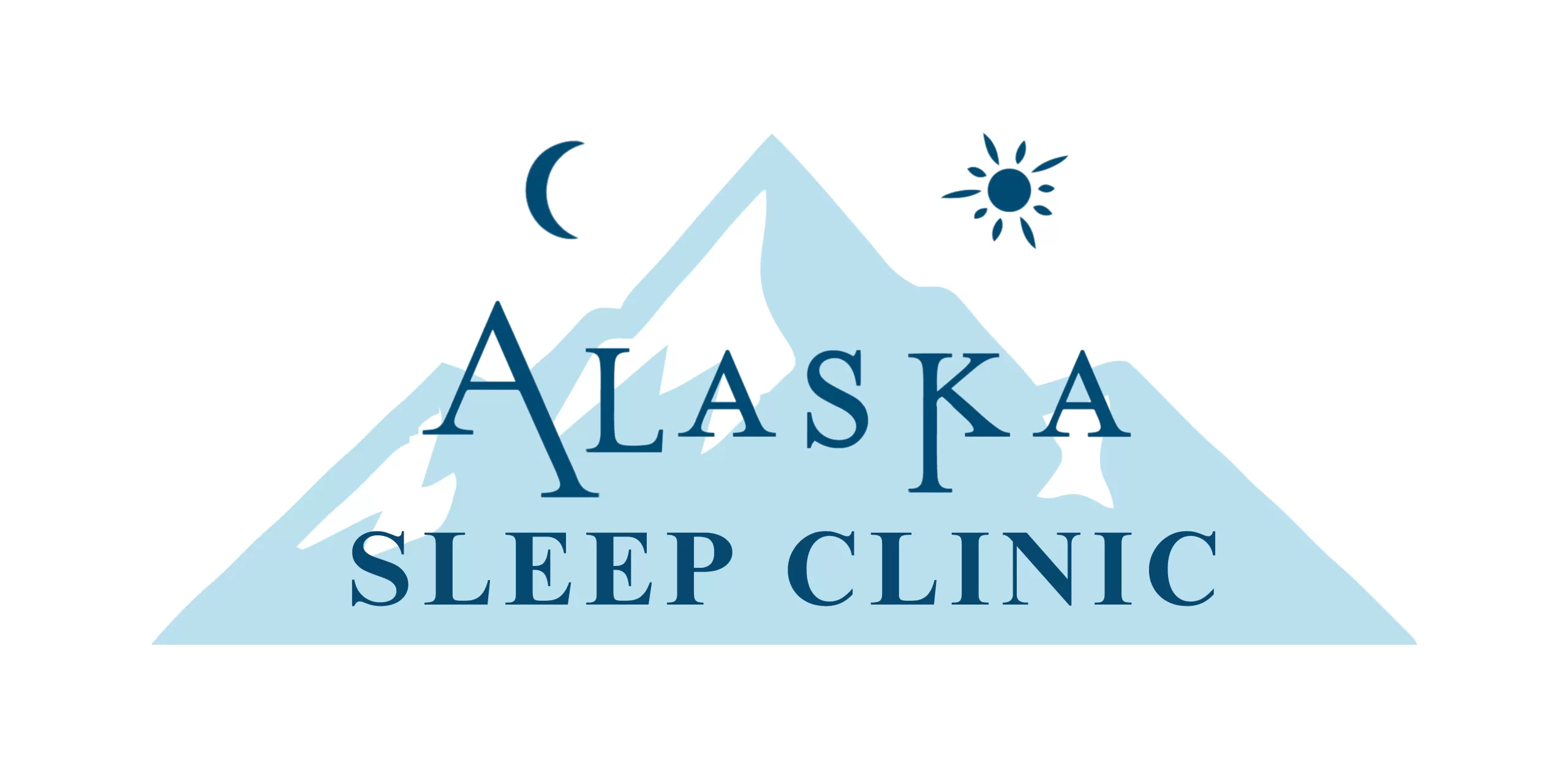People are known to walk, talk, and eat while sleeping. Increasingly, sleep texting is joining the list.
A study from Villanova University found that the habit of using smartphones to message friends while still asleep — and having no memory of doing it — is a common technology trend among adolescents and young adults. The paper, “Interrupted sleep: College students sleeping with technology,” was published last month in the Journal of American College Health.
The study is the first nursing article to look at sleep texting. Researchers concluded it was a growing trend in the college student population.
“They are intimately attached to their phones,” said Elizabeth B. Dowdell, professor of nursing at Villanova University and the lead author of the study. Adolescents and young adults can average 60 to 100 text messages a day, she said.
While sleep walking comes from the body’s internal signals, texting while sleeping is usually prompted by external sounds, Dowdell said.
It’s the buzz, beep, or tweet that makes the person automatically reach for the phone. That sound gives the person a sense of happiness, she said.
The researchers interviewed 372 students with an average age of 19.7 years at two Northeast colleges — 75 percent were women, 25 percent men. All of the participants had a smartphone and 93 percent reported keeping the phone with them at night. One-third of respondents reported that they answered a phone call while they were asleep. Twenty-five percent of the students admitted they texted while asleep.Of those, 86 percent were women, the study found.
Men, the researchers discovered, used their phones differently.
While women in the study were more likely to keep their phone in their bed, men were more likely to keep their phone next to their bed.
One student resorted to wearing mittens to bed to prevent sleep texting, Dowdell said.
The text messages that were sent are more embarrassing than dangerous, researchers found.
“For most of them it is really silly,” said Dowdell, as they are texting friends or peers, not bosses or coworkers.
Just search #Sleeptexting on Twitter or Instagram and you are likely to find some recent examples.
Instagram user @adaptablekay recently posted a screenshot of her phone with a #sleeptexting message that read: “Reptar is made up of macaroni and cheese but it still coming to attack! Can’t get cheesy for yoga so just run.” She captioned the photo: “Apparently sometime in the past 3 to 4 days while I was sleeping my brain reverted to the 90’s setting.”
Those who are over age 35 tend to use the phone very differently from young adults, Dowdell said.
“When that phone becomes an instrument of work, it is not as much fun to use,” she said.
While sleep texting may seem funny, there can be a serious consequence: sleep deprivation.
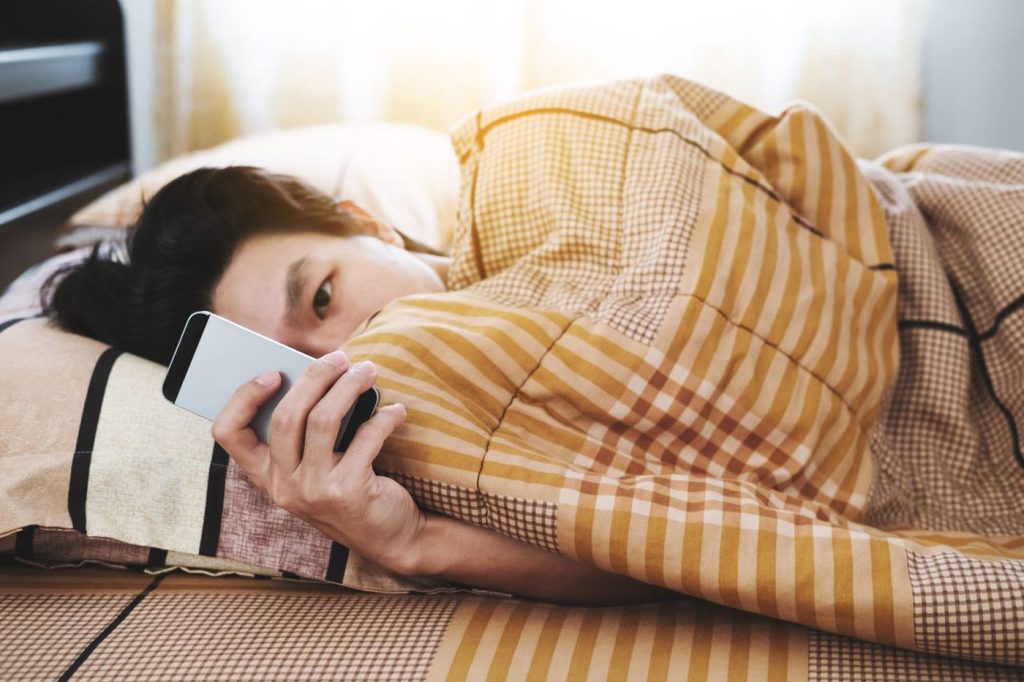
The majority of the study’s participants, and college students in general, were not getting enough quality sleep, Dowdell found. The late nights, early morning classes, and 24/7 nature of college life can leave students tired. Many report an average of just six to seven hours of sleep a night. Sleep texting can interrupt their quality of sleep, she said.
“They have very erratic sleep schedules and sleep habits,” Dowdell said. The lack of sleep can affect reaction time, memory, test performance, emotional balance, and life satisfaction in general, according to the study.
While study participants reported they first started sleep texting during their freshman year, some said they did it in high school, Dowdell said. She suggested parents have conversations with their children about the appropriate times to use phones and the importance of sleep.
Health-care providers also need to start asking questions beyond “how much screen time” and delve into when the technology is used and how it can affect sleep, she said.
There are ways to stop texting while sleeping. Dowdell said to turn the phone off for the night or at least put it on airplane mode so incoming texts — along with their sleep-disturbing alerts — won’t load until it is turned on in the morning.
“If the technology is truly interfering with sleep, it is OK to control it,” she said.
Posted: November 28, 2018 – 11:05 AM @ www.philly.com
Mari A. Schaefer | @MariSchaefer | mschaefer@phillynews.com
If your teen is having sleep issues, Alaska Sleep Clinic is ready to help your young adult get the sleep they need to be happy and healthy. Call Alaska Sleep Clinic today!
